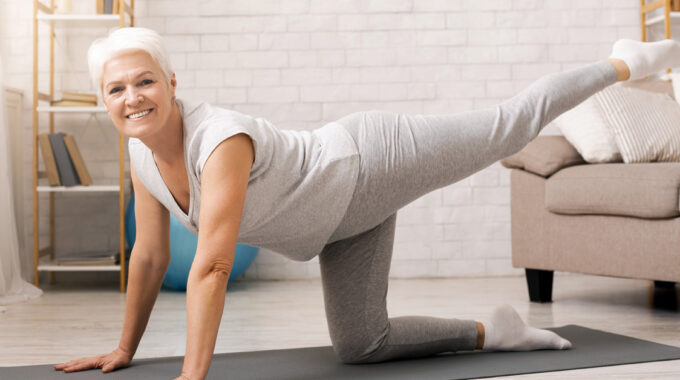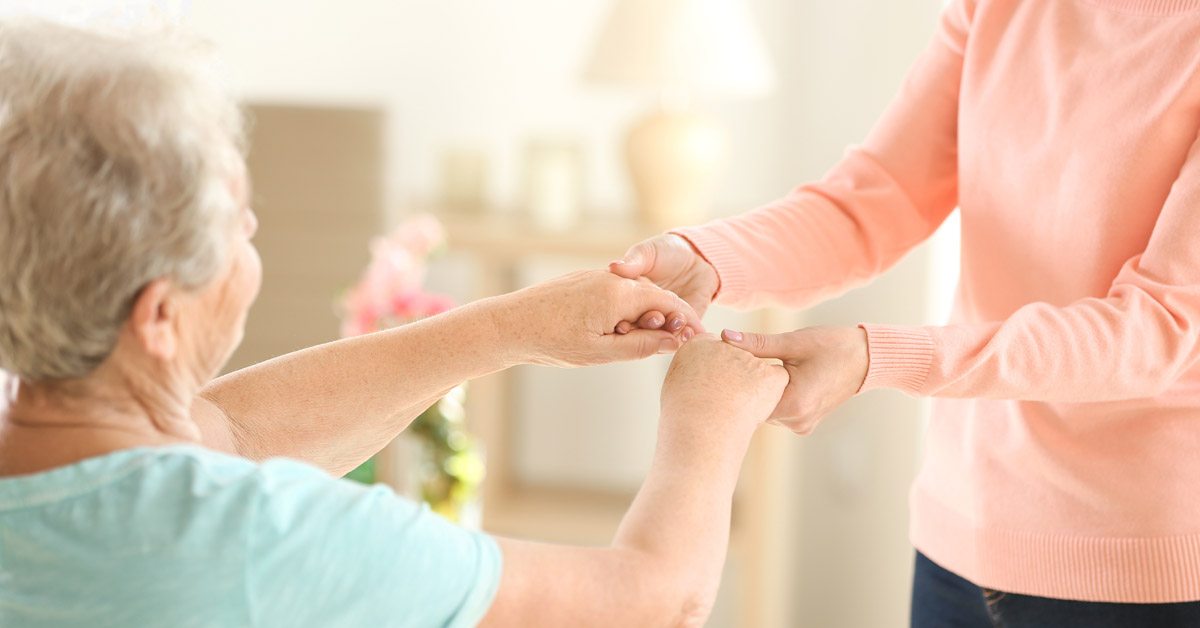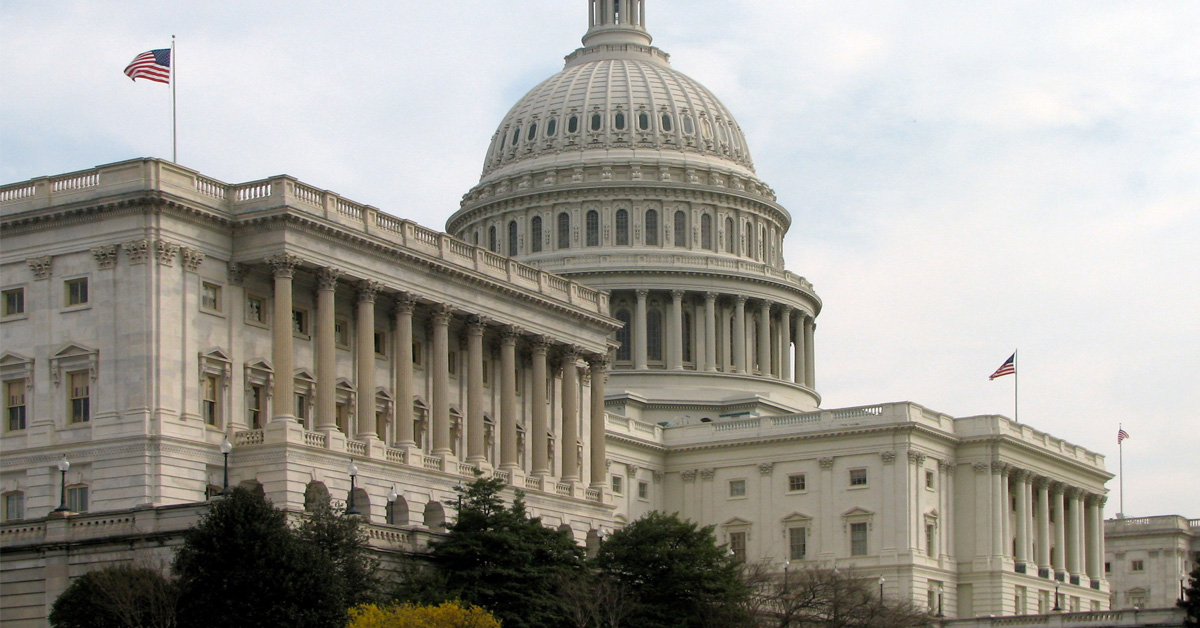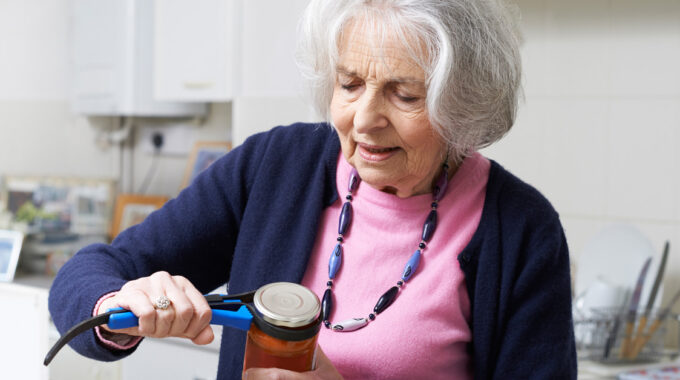
How Effective is Fall Prevention Rehab, Really?
Every second of every day, an American age 65+ falls. Every 20 minutes, an older American dies from a fall. Surveys show that 28.7% of Americans age 65+ fall each year, and the prevalence continues to rise with age.1 Treatment of these injuries costs Medicare $31.3 billion annually.2 That cost is likely to rise as America’s senior population expands 55% by the year 2030. In addition to the injuries and deaths that occur from accidental falls, it’s common for seniors to lose confidence. They quietly begin to restrict their own activities, which can lead to lower quality of life and a self-reinforcing circle of deconditioning.
The Recommended Solution for Preventing Fall Injuries
Both Medicare and the American Geriatrics Society recommend that each annual exam for seniors age 65+ include assessments for fall risk. Based on previous research, the American Geriatrics Society and the American Academy of Orthopaedic Surgeons have specifically recommended the Timed Up and Go Test for fall risk assessment.3 Recent studies find that even more simple screening measures may be helpful.4 After a fall, rehab programs to reduce the risk of injury should be common, as they are universally recommended.2 The question is, are such programs worth the time, effort, and money? How effective are they, really?
Home Safety Interventions to Prevent Falls
Most accidental falls occur at home.5 It makes sense, then, that the home may be the optimal environment for services to help seniors prevent falls. Home safety assessments with follow-up visits have been shown to reduce fall risk 39%.6 This includes stand-alone interventions that don’t involve exercise therapy.
A Comprehensive Approach Shown to Protect Seniors
Multifactorial approaches in primary care have been shown to reduce falls by 24% in general.7 The CDC promotes one such program: STEADI (Stopping Elderly Accidents, Deaths, and Injuries). This program involves routine screening for fall risk during healthcare encounters. Those at risk receive a thorough exam involving a wide range of possible risk factors:
- Nutrition
- Vision
- Strength
- Posture
- Balance
- Gait
- Medications
- Home Safety
When opportunities are identified, clinicians make referrals to the various providers that can provide the needed services. When this program was implemented at the Rees-Jones Trauma Center, 2,784 patients received care through STEADI during a study period. Patients who went through this program saw a 60% decrease in hospital readmissions for repeat falls.
Costs of Fall Prevention Rehab
Costs can vary widely, but it’s important to keep in mind, that when people meet Medicare’s definition of homebound, traditional Medicare pays 100% for home health rehab. Patients have no co-pays or deductibles. Home health is also an ideal way for seniors to receive fall prevention rehab. Home health nurses can perform home safety inspections, nutrition interventions, and medication reviews. Home health occupational therapists can teach ways to optimize activities of daily living to improve independence while preventing falls. Home health physical therapists can address balance, strength, posture, and gait. All this can be done in one care plan, with each specialty type making multiple, convenient home visits as often as needed to get the best outcomes.
Conclusion
Accidental falls present a serious and growing risk for seniors. While not all accidents can be prevented, there is much that can be done. Professional home safety work alone has been shown to reduce falls 39%. A comprehensive, multi-factorial fall prevention program has reduced hospitalization 60%. What’s more, when a homebound senior has a risk of fall injury, Medicare will pay 100% for people to receive home health rehab. If this describes you or someone you care for, talk to a home health agency about getting fall prevention rehab started.
References
- Bergen G, Stevens MR, Burns ER. Falls and Fall Injuries Among Adults Aged ≥65. MMWR Morb Mortal Wkly Rep. 2016; 65: 993–998.
- Burns E, Stevens J, Lee R. The direct costs of fatal and non-fatal falls among older adults – United States. J Safety Res. 2016; 58: 99-103.
- Guideline for the prevention of falls in older persons. American Geriatrics Society, British Geriatrics Society, and American Academy of Orthopaedic Surgeons Panel on Falls Prevention. J Am Geriatr Soc. 2001; 49: 664-672.
- Viccaro L, Parera S, Studenski S. Is timed up and go better than gait speed in predicting health, function, and falls in older adults? J Am Geriatr Soc. 2011; 59 (5): 887-892.
- Stevens J, Haas E, Haileyesus T. Nonfatal bathroom injuries among persons aged ≥ 15years—United States. Journal of Safety Research. 2011 Aug 31; 42 (4): 311-5.
- Clemson L, Mackenzie L, Ballinger C, Close JC, Cumming RG. Environmental interventions to prevent falls in community-dwelling older people: a meta-analysis of randomized trials. Journal of Aging and Health. 2008 Dec;20(8):954-71.
- Michael Y, Whitlock E, Lin J, et al. Primary care – relevant interventions to prevent falling in older adults: a systematic evidence review for the U.S. Preventive Services Task Force. Ann Intern Med. 2010; 153: 815-825.






